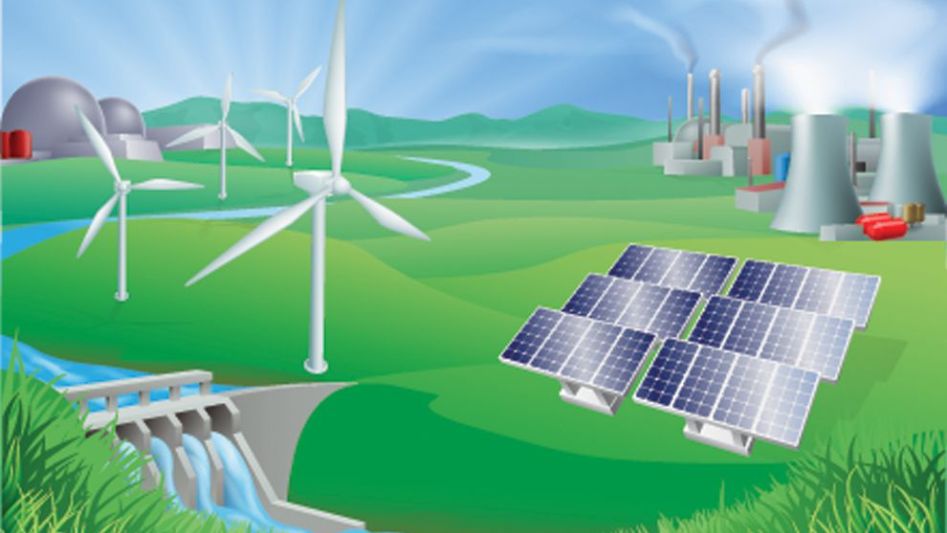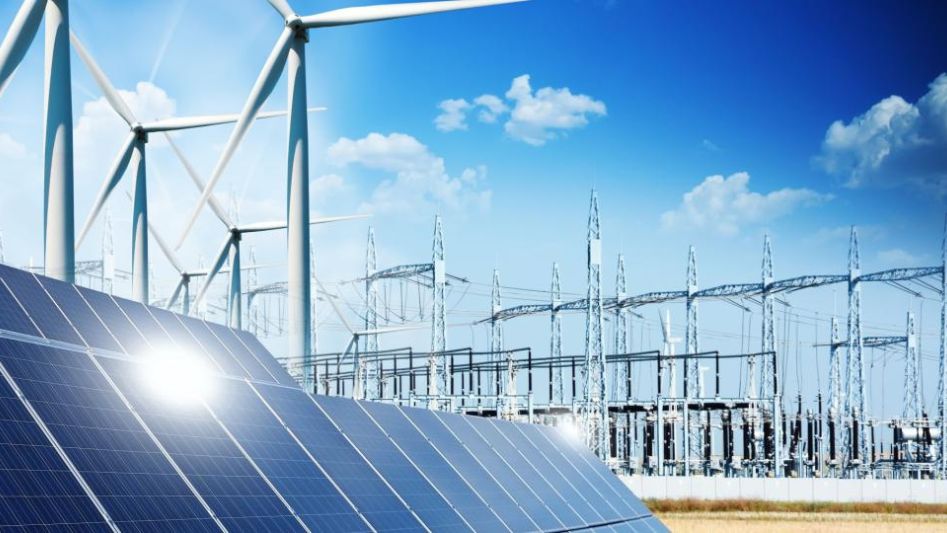In a world increasingly concerned about the environment and the impact of human activities on our planet, the quest for cleaner energy sources has gained tremendous momentum. Renewable energy has emerged as one of the most promising solutions to combat climate change and reduce our carbon footprint. This article delves into various renewable energy sources, their benefits, and their potential to create a cleaner and sustainable planet.
Table of Contents

Solar Energy: Powering the Future
Solar energy, the abundant and clean power derived from the sun, is at the forefront of the renewable energy revolution. Solar panels convert sunlight into electricity, offering an eco-friendly alternative to fossil fuels. The technology has advanced significantly, making it more efficient and affordable. With reduced dependence on traditional energy sources, solar energy contributes to a greener planet and a brighter future.
Wind Power: Harnessing Nature’s Breath
Harnessing the power of the wind has been a part of human civilization for centuries, and it remains a vital renewable energy source today. Wind turbines, strategically placed in windy regions, convert kinetic energy into electricity. The beauty of wind power lies in its sustainability and low environmental impact. Embracing wind power means embracing a cleaner planet and decreasing our reliance on non-renewable resources.
Hydropower: The Force of Flowing Water
Hydropower is another exceptional renewable energy source that relies on the force of flowing water to generate electricity. Dams and reservoirs are used to trap and channel water, which then turns turbines to produce power. Hydropower projects can be large or small-scale, providing flexibility to cater to different energy demands. By harnessing the energy of water, we can power our lives while keeping our carbon emissions in check.
Geothermal Energy: Tapping into Earth’s Heat
Geothermal energy harnesses the natural heat from within the Earth’s crust. This renewable source of energy offers a steady and reliable power supply. Geothermal power plants utilize the Earth’s heat to produce electricity or heat buildings directly. It is a clean, sustainable option that leaves a minimal environmental footprint. By tapping into Earth’s heat, we can unlock a powerful energy source that will keep our planet clean and green.

Biomass Energy: Turning Waste into Power
Biomass energy utilizes organic materials like wood, agricultural residues, and waste to produce energy. By converting these materials into biofuels, biogas, or other forms of energy, we reduce waste and cut down greenhouse gas emissions. Biomass energy represents a circular economy where we derive power from materials that would otherwise decompose and release harmful pollutants. Embracing biomass energy contributes to a more sustainable planet.
Transitioning to a Cleaner Future
The transition to renewable energy sources is a pivotal step towards a cleaner and sustainable planet. By shifting away from fossil fuels, we can mitigate climate change, reduce air pollution, and preserve natural resources. Governments, industries, and individuals all play essential roles in fostering this transition.
Advantages of Renewable Energy
- Environmental Benefits: Renewable energy sources produce little to no greenhouse gas emissions, reducing our carbon footprint and combating climate change.
- Sustainable and Infinite: Unlike finite fossil fuels, renewable energy sources are abundant and can be replenished naturally.
- Energy Security: Relying on renewable sources reduces our dependence on imported fossil fuels, enhancing energy security.
- Job Creation: The renewable energy sector offers new job opportunities and promotes economic growth.
- Technological Advancements: Continued investment in renewable energy research and technology leads to innovation and efficiency improvements.

Conclusion
The exploration of renewable energy sources marks a turning point in our efforts to create a cleaner and sustainable planet. Solar, wind, hydropower, geothermal, and biomass energy are just a few of the viable alternatives to traditional fossil fuels. By embracing these sources and supporting further technological advancements, we can forge a brighter future for generations to come. It is time to act responsibly and collectively in transitioning to a cleaner planet powered by renewable energy.
FAQs
What are renewable energy sources?
Renewable energy sources are natural resources that can be replenished and harnessed to generate power without depleting finite reserves. Examples include solar, wind, hydropower, geothermal, and biomass energy.
Why are renewable energy sources important?
Renewable energy sources play a vital role in combating climate change, reducing greenhouse gas emissions, and creating a more sustainable and cleaner planet for future generations.
How do solar panels work?
Solar panels work by converting sunlight into electricity through photovoltaic cells, allowing homes and businesses to tap into a clean and abundant energy source.
What is the environmental impact of wind power?
Wind power has a minimal environmental impact, producing no emissions or pollutants during electricity generation, making it a green and eco-friendly energy option.
You May Also Like
- RENEWABLE ENERGY FOR ALL: EMPOWERING COMMUNITIES WITH CLEAN POWER
- MUMBAI DATA CENTER CHOOSES PDG FOR 25-YEAR RENEWABLE ENERGY SOLUTION
- FLOATING HYDROGEN FARM: CHINA’S MILESTONE IN SHIFTING TOWARDS RENEWABLE ENERGY
- FROM POLLUTION TO POWER: HOW RENEWABLE ENERGY CAN TRANSFORM OUR WORLD
- CLEAN ENERGY, CLEAN WORLD: HOW RENEWABLE ENERGY CAN SAVE THE PLANET
